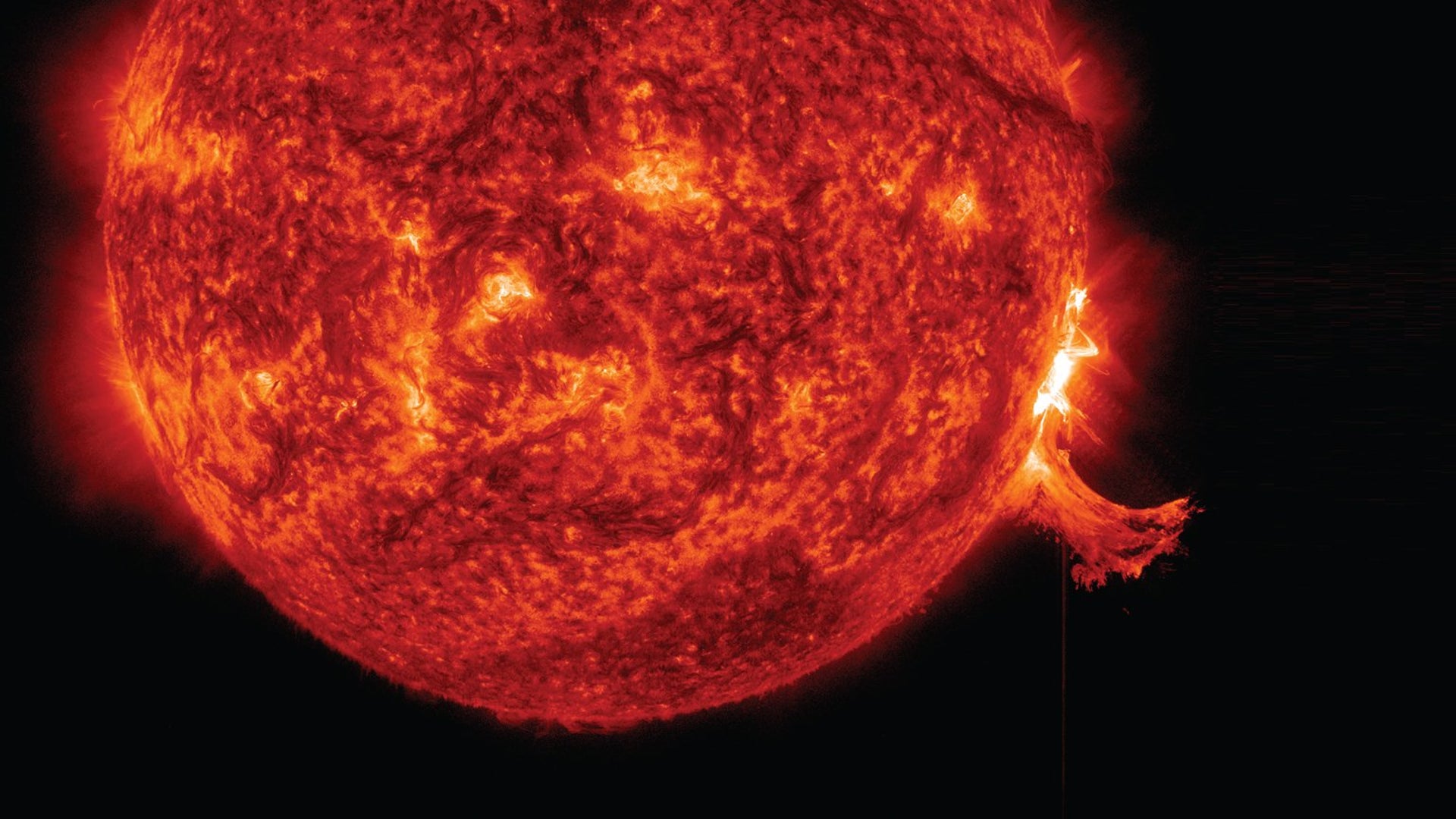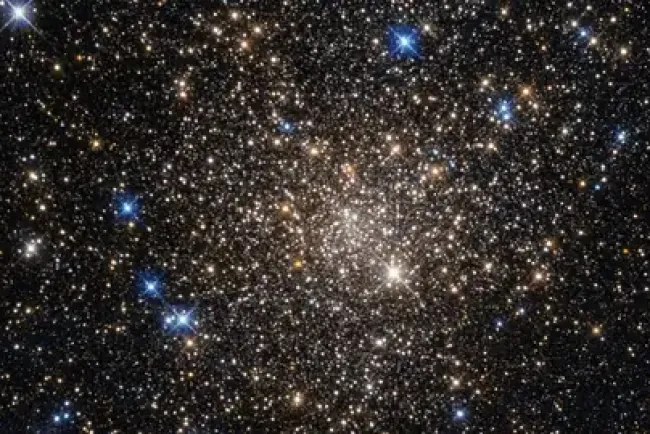The Sun’s Stability in Question: A Look at Recent Astronomical Findings
Recent studies have raised alarm about the Sun's stability, following the eruption of the Dragon Star (ED Draconis), a yellow dwarf star located 110.71 light-years away. Scientists warn that such solar flares and mass ejections could theoretically occur on our Sun, potentially impacting Earth's environment.

Researchers, including co-author Utan Notu from the Laboratory for Atmospheric and Space Physics, emphasize that understanding these phenomena may shed light on how similar events have influenced Earth and even Mars over billions of years.
Insights from Recent Studies
A study published in Nature reveals that M-type red dwarf stars, previously thought to be stable, exhibit considerable variability. In a comparison of 369 stars similar to our Sun, researchers found that these stars displayed, on average, five times more brightness variability than our Sun. This variability is primarily caused by dark spots on their surfaces rotating in and out of view, as noted by astronomer Teimo Reinhold from the Max Planck Institute for Solar System Research.
The Sun, a hot ball of hydrogen and helium, is about 4.5 billion years old and approximately halfway through its life cycle. It has a diameter of about 1.4 million kilometers and a surface temperature of about 10,000 degrees Fahrenheit. The study suggests that the Sun's rotation period and surface temperature are crucial for generating its magnetic field and influencing its solar activity.
Potential Impacts on Earth
Elevated magnetic activity associated with sunspots can trigger solar flares and coronal mass ejections—large expulsions of plasma and magnetic fields from the Sun's atmosphere—which can disrupt satellites, communications, and pose risks to astronauts. A more active Sun in the past may have significantly altered geological conditions on Earth, emphasizing the importance of understanding our star's behavior.
Reinhold noted that living with a relatively stable Sun, described as “quite boring,” might be preferable for sustaining life on our planet. Historical records, including 400 years of sunspot observations and 9,000 years of data from tree rings and ice cores influenced by solar activity, indicate that the Sun has not been significantly more active than it is now.
Future Implications
While the findings suggest that the Sun may currently be in a quieter phase, researchers caution that increased variability could occur in the future. The ongoing study of stellar behavior is crucial for predicting potential impacts on Earth and understanding the long-term implications of solar activity.
In summary, as scientists continue to explore the complexities of our Sun and its counterparts in the galaxy, the potential for solar events to impact life on Earth remains a critical area of research. The dialogue surrounding solar stability is vital, as it shapes our understanding of both our solar system and the broader universe.
What's Your Reaction?

















